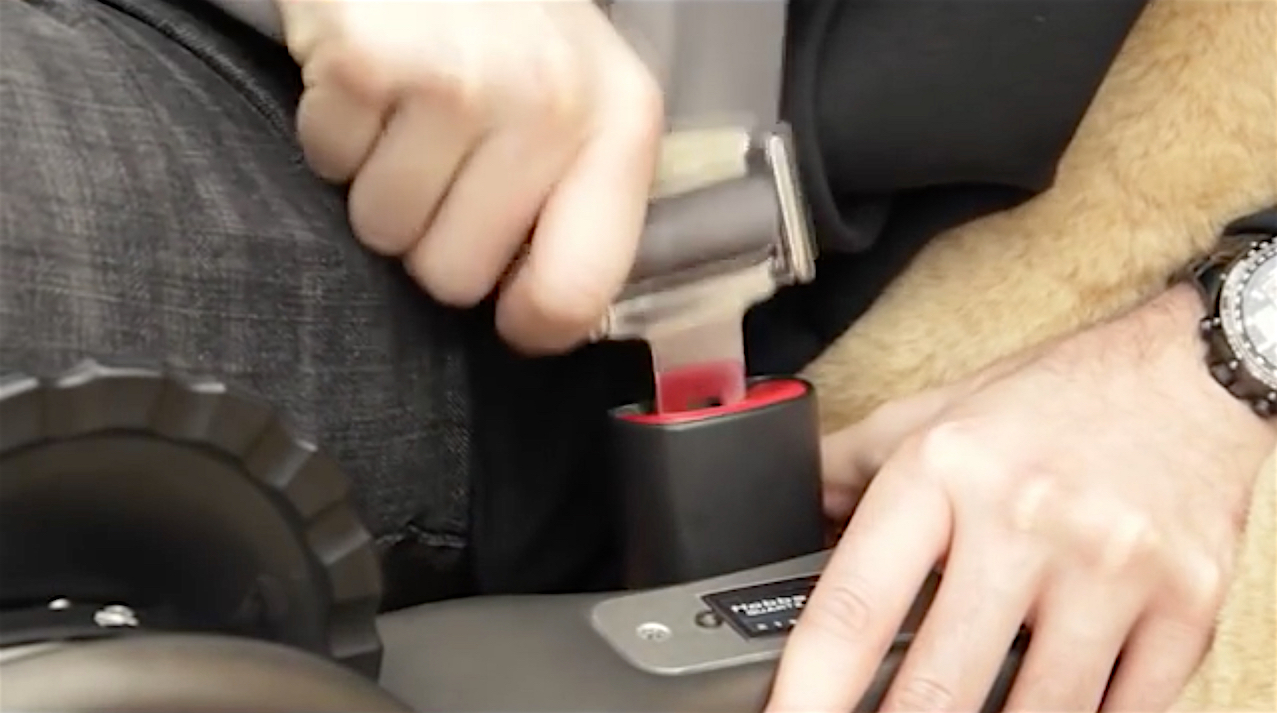 Accidents in Light Sport Aircraft are a relatively rare occurrence. As a result, pilots can be lulled into thinking that the pre-flight passenger safety briefing is a bit of a chore and perhaps not really essential. However, accidents do happen and sometimes a little information for your passenger(s) can make a big difference to their and possibly your own survival.
Accidents in Light Sport Aircraft are a relatively rare occurrence. As a result, pilots can be lulled into thinking that the pre-flight passenger safety briefing is a bit of a chore and perhaps not really essential. However, accidents do happen and sometimes a little information for your passenger(s) can make a big difference to their and possibly your own survival.
Do you know?
– the only mandated part of the passenger safety briefing in light aircraft concerns the use of the safety belts
– it is not mandatory to carry a suitable fire extinguisher in the aircraft
– most pilots do not carry an emergency survival kit unless they plan to fly long distance, yet most accidents happen relatively close to home
– the emergency frequency on the VHF radio
Does your passenger know?
– how to stop the door jamming shut during a rough (crash) landing
– how to call for help on the aircraft radio or sat-phone
– how to activate an ELT/PLB emergency beacon
In summary, before flight make sure to tell your passenger(s):
– how to use their safety belt correctly
– how to open and close the aircraft doors
– where the emergency beacon(s) is/are located and how to activate it/them
– where the back-up handheld VHF radio is located and how to use it
– how to call for help on the emergency VHF frequency
– where the emergency survival kit is located and what it contains
– how to switch off the aircraft electrical system
– to stay with the aircraft after an accident, unless they can clearly see habitation or a road
The length of the briefing will be determined by your passenger(s) – a first-time passenger may need a little more time than a seasoned flyer. Whatever, the briefing shouldn’t need more than 2-3 minutes.
As a final thought – it’s sometimes difficult for a passenger to recall every aspect of your pre-flight briefing, so have you considered making up a passenger safety briefing card? It can repeat your verbal briefing and give more information on specific aspects – eg how to change frequency on the VHF radio(s) and how to activate the emergency beacon. AOPA – Aircraft Owners and Pilots Association – has released an example of a customisable passenger briefing card, which covers emergency equipment and rescue. You can print this out and adapt it for your own needs.
Finally, to help you with some more insights into passenger briefings, AOPA has also released an excellent video on passenger safety, with a focus on the pre-flight briefing.
Remember – unlikely as it may be, you may be incapacitated yourself and a well-briefed passenger may save your life!
